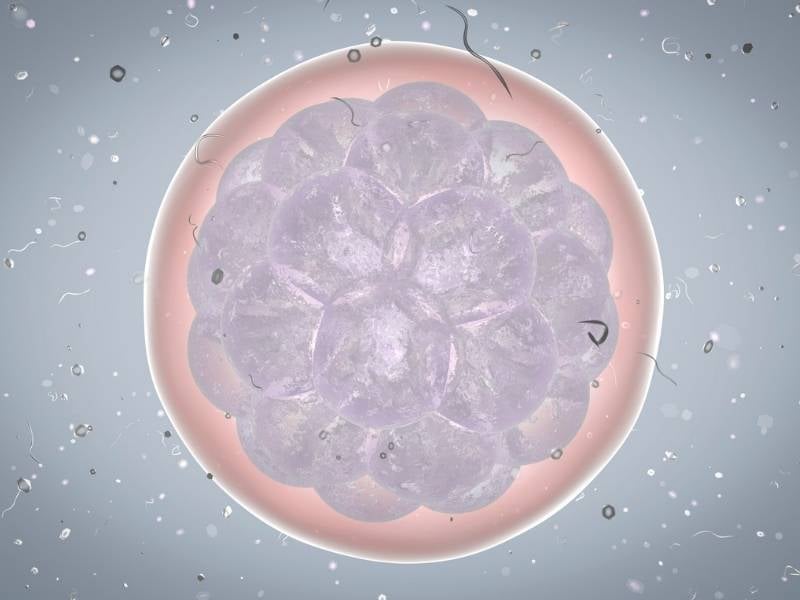It is humbling to put into perspective that even among fertile couples who have no issues getting pregnant, they only have a 20% chance of achieving pregnancy any given month they try. In other words, they are unsuccessful 80% of the time! This is what we see when we look at the success of thousands of couples who start the journey to build their family. Most will achieve pregnancy within the first year of trying but others may take longer or never achieve pregnancy at all.
When couples come to a fertility specialist they want answers. We proceed through the diagnostic testing to identify a cause for their inability to achieve pregnancy. In about 10% of all cases, a couple (age less than 35 years old) will get a very unsatisfying result: Unexplained infertility. It is important to understand what this really means. The diagnostic testing we have available will only identify the major reasons why a couple may have a difficult time getting pregnant but it certainly can not identify all the reasons. If the fallopian tubes are blocked or there is no sperm, these are obvious major obstacles to becoming pregnant. There are no tests available for more subtle infertility factors such as poor egg quality and fertilization failure.
Among couples with unexplained infertility we also know that despite all of the normal diagnostic testing, they only achieve pregnancy 1-4% during any given month of trying without fertility treatment – much lower chances than 20%! This is why ultimately many couples choose in vitro fertilization (IVF) to help attain their family goals. In fact, a large randomized trial on couples with unexplained infertility called FASTT showed definitively that couples who are unsuccessful after 3 cycles of Clomid and intrauterine insemination (IUI) should proceed to IVF as their next treatment. These couples will more likely become pregnant sooner and will spend less money overall on fertility treatment.
Oftentimes, subtle infertility factors can be seen during IVF; therefore IVF can also be diagnostic. Even women with excellent ovarian reserve can have poor egg quality- which can be seen under the microscope at the time of egg retrieval. Couples with mature eggs and normal semen parameters may have poor fertilization which can also only be seen during IVF. Sometimes embryo development is the issue. Sometimes it is an implantation issue. These are the diagnostic benefits of IVF that cannot be detected in any other way. In addition, once identified, there are many options for treating and overcoming these infertility factors with the assistance of IVF.
Although IVF does not fix all infertility factors, it is still the most successful treatment option for most couples and affords many bonuses. The risk of multiple gestation (twins, triplets, etc.) can be controlled with the number of embryos that are implanted. The woman’s fertility can be preserved by creating surplus embryos which can be frozen at her current age and transferred later when she is ready for baby two or three!




